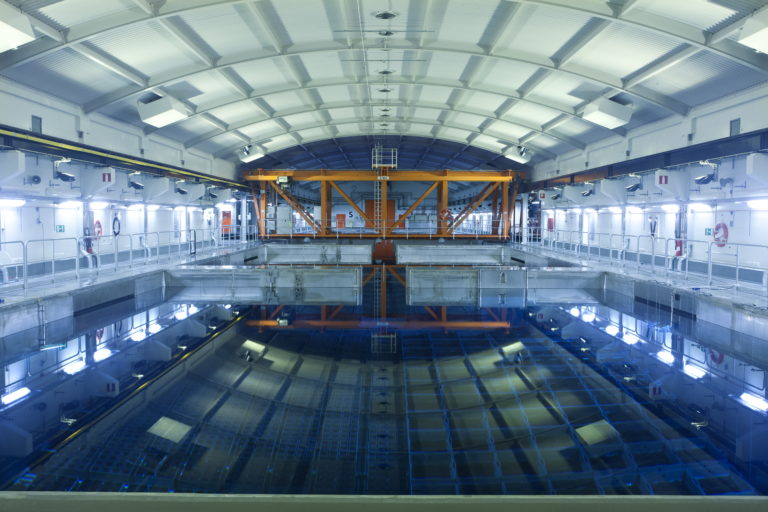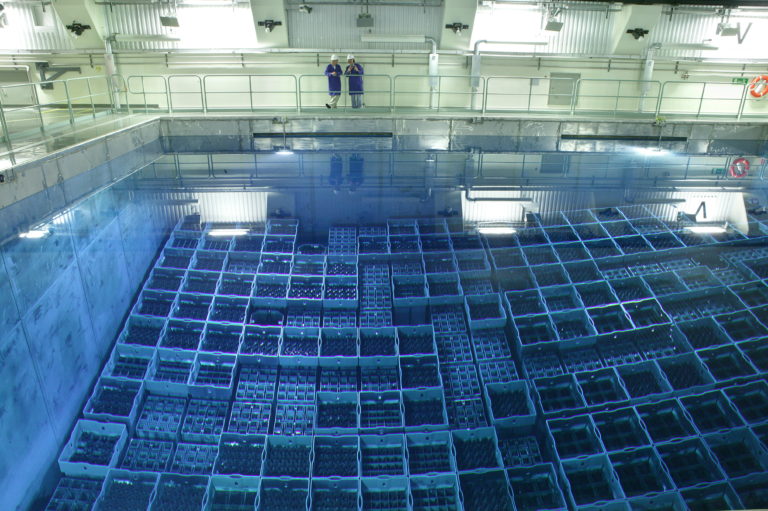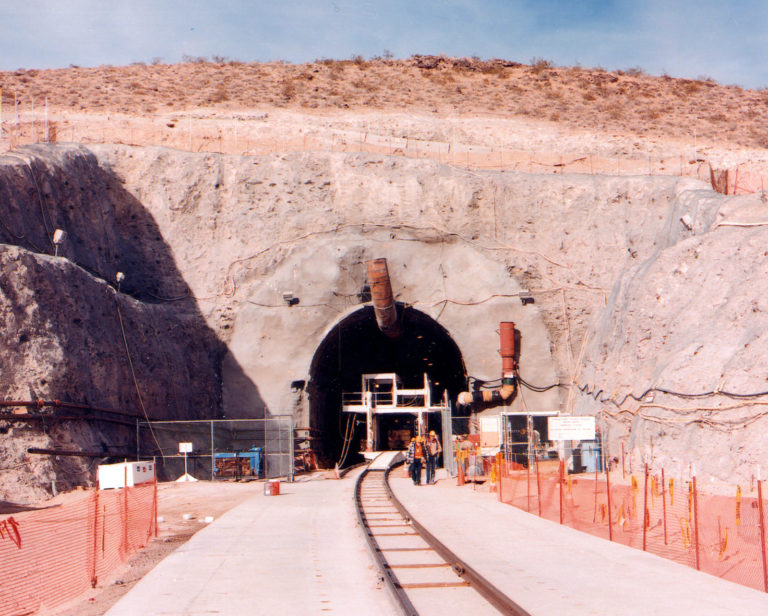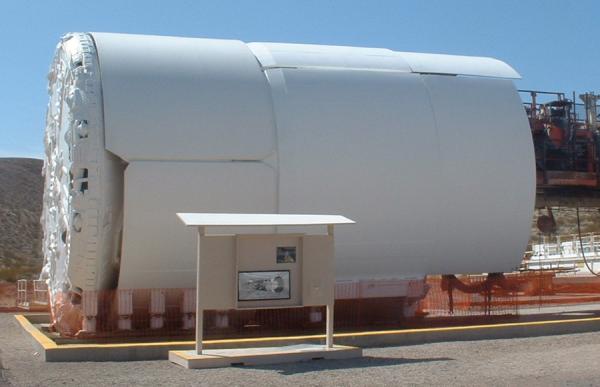Moving forward with a DGR
As the amount of spent fuel grows, the need for safer disposal solutions, like deep geological disposal, increases, but demonstrating competence is critical.
Of the 21 countries with significant nuclear power activities with several reactors and spent fuel management policies, 5 countries – Canada, Finland, France, Sweden, and Switzerland – are the most advanced in moving forward with deep geological disposal in the next decades. For all these countries, when it comes to establishing a deep geological repository (DGR) timeline, the demonstration of technical and operational competence and public acceptance is critical for countries to move forward to the licensing phase.
Decades of research have demonstrated that deep geological disposal is the most effective method for removing highly radioactive waste from human contact for hundreds of thousands of years as it decays. DGRs can take different forms but all emphasize the need for safe and secure containment of the most hazardous forms of nuclear waste.
The status of spent fuel disposal
Spent Nuclear Fuel (SNF) around the world is kept in wet or dry storage in a country’s central interim storage or in on-site storage at nuclear reactors. Current spent fuel storage systems on the surface can operate for between 50 and 100 years.
But as the volume of fuel grows, current storage facilities will soon reach their capacity. This increases the need to develop new facilities to handle storage and permanent disposal of nuclear waste. Read more about spent nuclear fuel disposal.
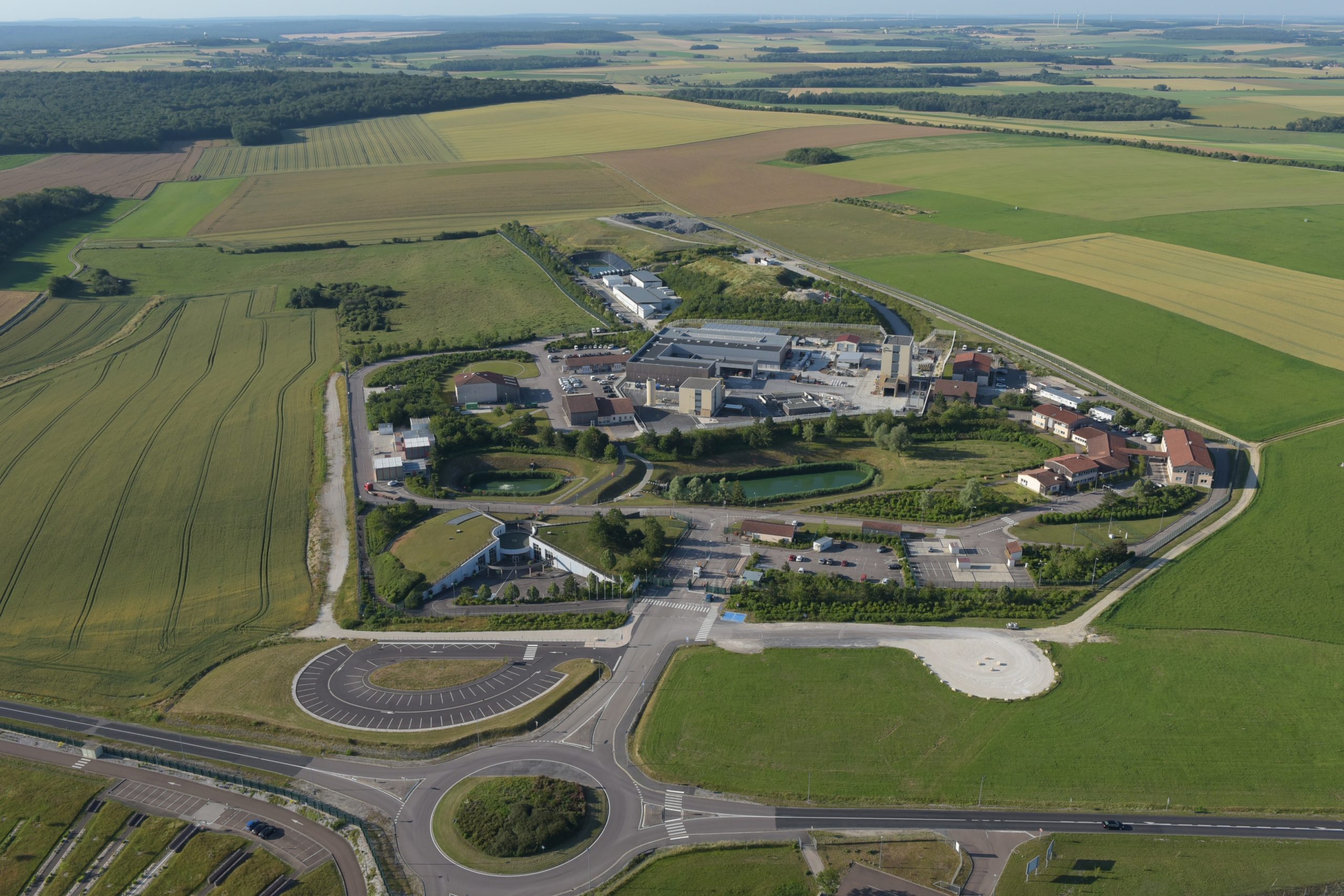
Above: The Bure Underground Research Laboratory (URL) and site of the future Deep Geological Respository (DGR) in the Grand Est region of eastern France. Courtesy of Andra
Technical Competence: What does it take?
Underground research labs can help support the case for permanent disposal of spent nuclear fuel and other radioactive waste.
URLs are research facilities constructed below ground to investigate waste disposal concepts and potential geological repository sites. They are pivotal steps within the development of deep geological repositories.
Fuel that is removed from reactors is considered used or “spent.” This spent fuel contains fissile materials such as plutonium which is considered a direct-use material for nuclear weapons.
Radioactive waste is classified differently in different countries but generally relates to the waste’s level of radioactivity. High-level waste (HLW) can include wastes from the reprocessing, or treatment and separation, of used nuclear fuel components. Long lived intermediate-level waste (LL-ILW) includes the cladding from used fuel while low-level waste (LLW) includes contaminated objects such as gloves or cleaning rags.
Canada, Finland, France, Sweden, and Switzerland are countries most advanced in DGR development. All five are operating (or have operated) underground research laboratories (URLs) to support their approaches to the permanent disposal of spent nuclear fuel (SNF) and other high-level waste (HLW). URLs are used for technology development and demonstration, data collection, training, and public confidence building in a subsurface environment. URLs are not unique to nuclear energy research – for example the world’s deepest URL, the China Jinping Underground Research Laboratory (2,400m or 7,900ft) is used to study neutrinos and dark matter – but URLs can advance the safety case for a prospective repository and the technology readiness of a repository program. In some cases, for example in Germany, a URL may ultimately become the site of a repository for low level radioactive wastes. For HLW and SNF, France’s Bure URL will not house HLW, while Finland’s Onkalo URL is an integral part of the soon-to-be operational Olkiluoto DGR.
As of 2021, there are a total of 12 operating URLs in 9 countries (Belgium, Czech Republic, Finland, France, Germany, Japan, South Korea, Sweden, and Switzerland), of which 3 URLs (in Finland, France, and Germany) are site-specific, meaning they are developed at sites that are under consideration for the future disposal facility’s location.1United States, U.S. Nuclear Waste Technical Review Board, Filling the Gaps: The Critical Role of Underground Research Laboratories in the U.S. Department of Energy Geological Disposal Research and Development Program, (2020), 10. https://www.nwtrb.gov/docs/default-source/reports/nwtrb-url-report.pdf?sfvrsn=9 Several countries have previously operated URLs, for example, the Whiteshell facility in Canada which operated for nearly 20 years. China is currently constructing a site-specific URL in Gansu Province. In several URLs located in Europe and Asia, international collaboration activities now play an important role in each participating country’s geologic disposal research.
The technical innovation of new facilities, such DGRs, pose a challenge to a country's nuclear safeguards in accordance with the IAEA.
In addition to ensuring technical safety when SNF is placed underground, it’s also important to prevent the SNF and the plutonium it contains from being diverted towards weapons use.
Measures controlling the spread of nuclear weapons are aimed at the early detection of the misuse of technology and materials. These measures, known as nuclear safeguards, have evolved over time and involve an international system of monitoring, verification, and inspection activities, of nuclear material as its moves through the nuclear fuel cycle. How countries implement nuclear safeguards depends on their agreements with the International Atomic Energy Agency (IAEA) in accordance with the Treaty on the Non-Proliferation of Nuclear Weapons (NPT).
DGRs require technical innovation and new approaches to safeguards given traditional international verification measures, such as physical inspection of nuclear material, cannot be applied once the material is encapsulated and placed underground. Other challenges involve the multigenerational lifespans of DGRs, constant changes to their design and quantities of material over those lifespans. The IAEA also considers SNF in a repository to be practically retrievable even after the facility’s closure, meaning safeguards apply in perpetuity (so long as the agreement with the IAEA exists). These features will require innovation in remote monitoring and other safeguards techniques – like seismic sensors, 3-D laser measurements, and ground penetrating radar – to verify the material is not diverted over long timeframes. In addition, the potential for developing multinational geological repositories, where multiple countries’ SNF is disposed of together in the same facility, may require new and more complex safeguards architecture among participants. Other novel facilities, such as advanced, or emerging reactors, will change how SNF is managed and how international safeguards can be applied. It is therefore pivotal that countries advancing towards DGRs engage with the IAEA in accordance with their safeguards agreements to keep pace with the safeguards demands of such facilities.
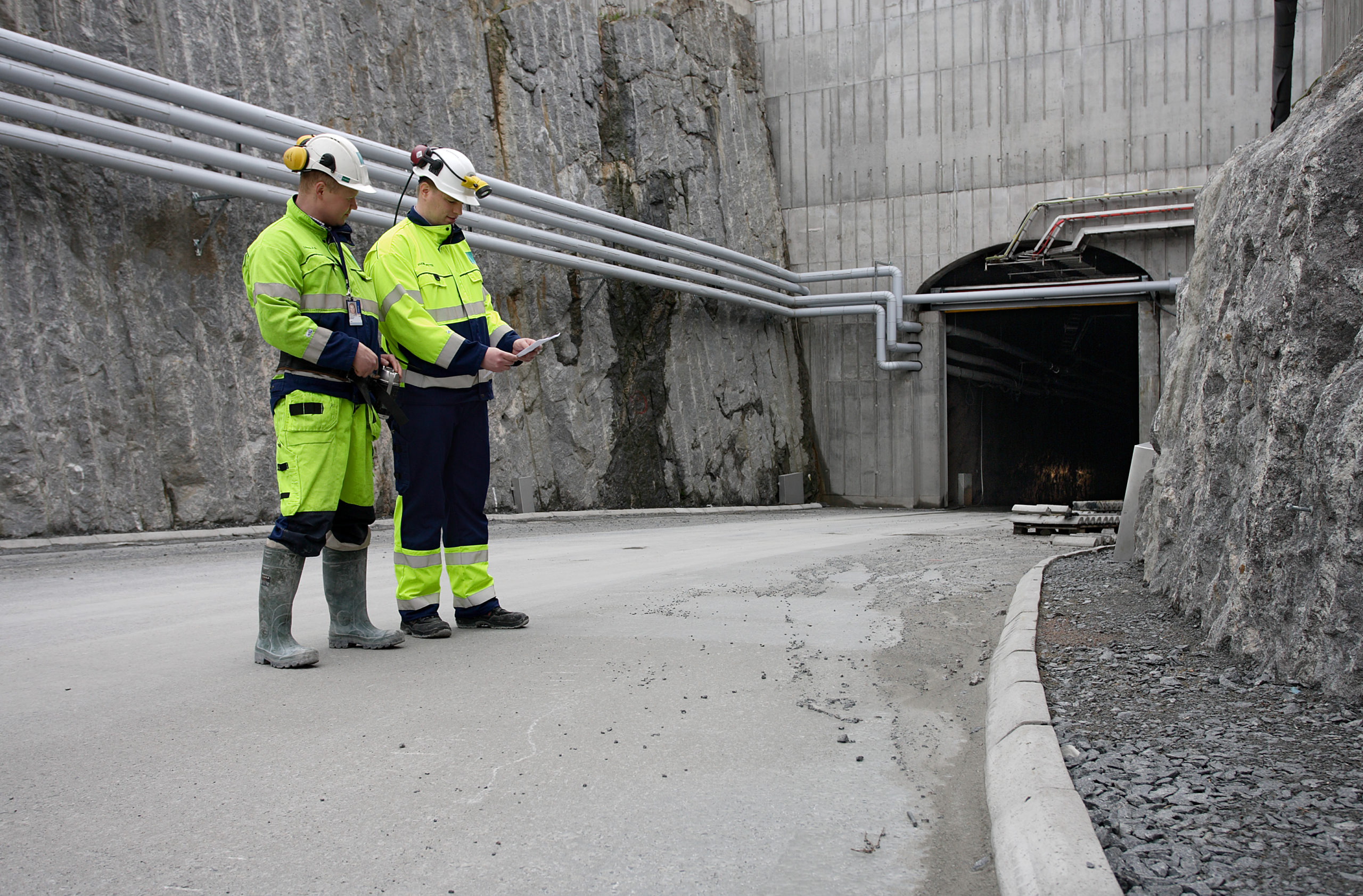
Above: Courtesy of Posiva
The Role of Independent Nuclear Waste Management Organizations
These organizations may demonstrate operational competence and build public trust
Waste management organizations play a vital role in conveying the country’s repository plans to the public, particularly with communities that may be willing to host future DGRs. Some countries, such as Canada, Japan, Switzerland, and France have public organizations that have different degrees of autonomy from political processes and are responsible for the safe geological disposal of radioactive waste. They have governing boards and/or advisory bodies which are supported by various committees. These organizations usually fall under the supervision of one ministry or several ministries. In the case of France, the Ministries for Energy, Research, and the Environment provide oversight to Andra, the French national radioactive waste management agency. In Canada, the Minister of Natural Resources Canada has oversight of the Nuclear Waste Management Organization (NWMO).
Some countries have national legislation that stipulates nuclear power companies are wholly responsible for the treatment, storage, costs, and disposal of their SNF. In these cases, organizations are established by nuclear power companies to handle the final disposal of SNF generated by their facilities. In Finland, the two power companies owning reactors formed a joint venture company, Posiva Oy, in 1995 to prepare and implement SNF geological disposal in Finland. In Sweden, nuclear power companies established SKB, the Swedish Nuclear Fuel and Waste Management Company, in the 1970s to manage and dispose of all radioactive waste. These companies are responsible for site selection, applications for permits, construction, management, and costs of DGRs. Finnish and Swedish nuclear regulators and other relevant ministries monitor and verify these companies in line with national legislation.
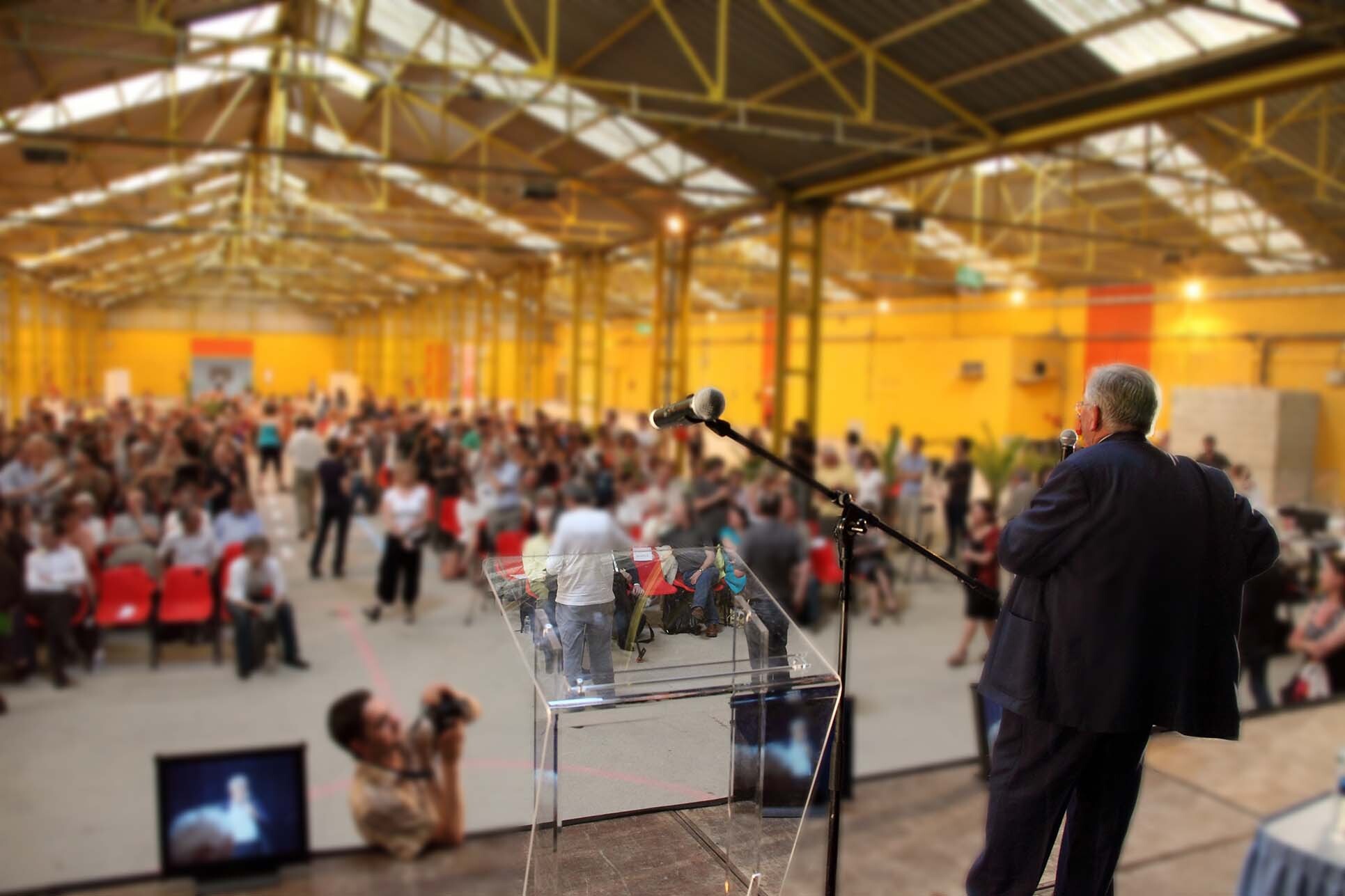
Above: Courtesy of Andra
Public Acceptance: It Takes a Village
Long-term public approval of nuclear waste disposal is an important element for a facility's operational success.
Concerns about spent nuclear fuel and radioactive waste have remained throughout the nuclear age. Given the generational timelines of spent fuel management, the role of the public, particularly that of local communities, in the long-term disposal of spent fuel is substantial. SNF management and disposal is a particularly thorny issue, but the idea of pursuing and incorporating public acceptance into plans is not unique to the nuclear industry. Beginning in the mining industry in the 1990s, entities gaining a so-called “social license to operate” (SLO) has become acknowledged as a key element of operational success.2Sarah Bice and Kieren Moffat, “Social license to operate and impact assessment,” Impact Assessment and Project Appraisal 32, no. 4 (2014), 257. https://doi.org/10.1080/14615517.2014.950122 SLO is the local community’s sustained acceptance of a body’s activities.
The research suggests that trust, supported by the perceived credibility and legitimacy of the active body – in the case of SNF disposal, an implementing organization, a spent fuel producer/owner, or a government entity – is imperative for gaining a SLO.3Kieren Moffat and Airong Zhang, “The paths to social licence to operate: An integrative model explaining community acceptance of mining,” Resources Policy 39, (2014), 62. https://doi.org/10.1016/j.resourpol.2013.11.003; Richard Parsons, Justine Lacey, Kieren Moffat, “Maintaining Legitimacy of a Contested Practice: How the Minerals Industry Understands its ‘Social Licence to Operate’,” Resources Policy 41 (2014), 84, 85. https://doi.org/10.1016/j.resourpol.2014.04.002 A SLO is beneficial for all parties as it serves as a “peer review” of the process,4Seth Hoedl, “A Social License for Nuclear Technologies: Human Perspectives on the Development and Use of Nuclear Energy,” in Nuclear Non-Proliferation in International Law – Volume IV, eds. Black-Branch, J. and Fleck, D., (The Hague: T. H. M. Asser Press, 2019), 25. https://doi.org/10.1007/978-94-6265-267-5_2 specifically how engaging stakeholders to achieve acceptance indicates that the project has surpassed minimum regulatory or legal requirements.5David Rooney, Joan Leach, and Peta Ashworth, “Doing the Social in Social License,” Social Epistemology 28, no. 3-4 (2014), 211. https://doi.org/10.1080/02691728.2014.922644 Good-faith engagement with communities at the beginning and throughout the development of a DGR is key to maintaining public acceptance. Some countries, such as Finland and Sweden, have found success in communicating trust and safety to communities already closely involved with the nuclear fuel cycle.
In the 5 countries with the most advanced DGR plans, community engagement is a long-term and dedicated effort that has continued for decades based on the understanding that public acceptance is critical for the success of such facilities. The public has been involved in many parts of the repository disposal plans, especially those using community-driven, consent-based siting processes.
Case Studies & Timelines
How six countries have pursued geological repositories
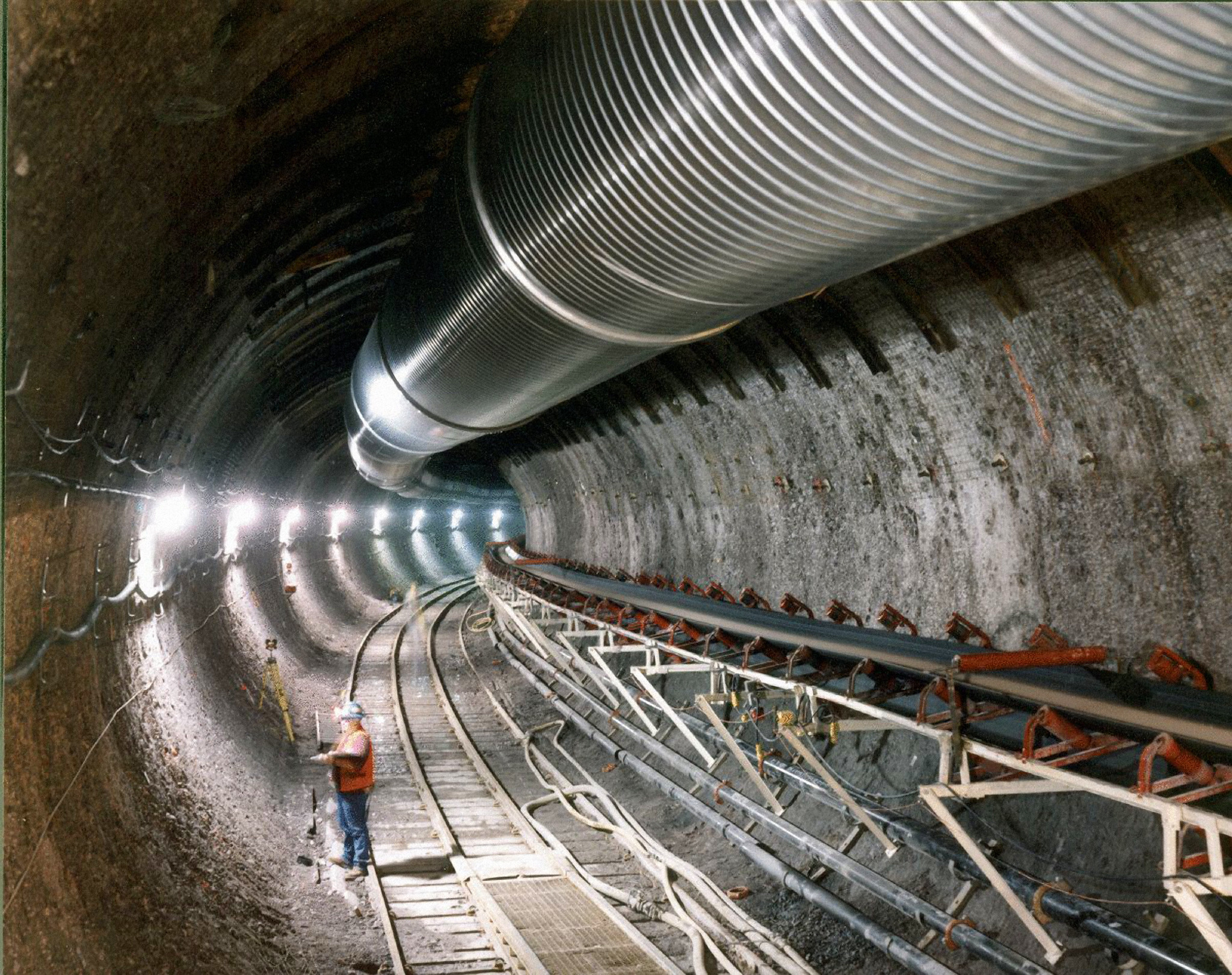
Above: The underground Exploratory Studies Facility at Yucca Mountain in Nevada built by the Department of Energy to determine whether the location was suitable as a deep geological nuclear waste repository. Courtesy of the Department of Energy.
A Lack of Public Involvement
DGR projects are likely to fail without public engagement, such as with Yucca Mountain.
Some countries have struggled to gain public support for their DGR plans, in part because they lack robust community involvement in the planning process. The United States, for example, has not had a community, consent-based approach incorporated into its DGR planning, and its experience with Yucca Mountain demonstrates how a lack of community acceptance can lead a DGR project to stall. The 1982 Nuclear Waste Policy Act (NWPA) included the option for a State or Tribe to veto a site decision, but that veto could be (and was) overridden by Congress. Many difficulties plagued the site selection and development process, but one of the most crucial was the Department of Energy’s (DOE) insufficient communication with the public. Where other countries have engaged with communities and have invited public input early in the process, public outreach in the United States was conducted primarily through unidirectional information sharing rather than dialogue. The result was that when the NWPA was amended in 1987 to limit study to Yucca Mountain only, there was little public trust and support for DOE’s efforts from Nevadans, both the people and their national representatives. While the closest counties still supported the project, there was widespread opposition further away and the project stalled. In 2012, the Obama administration’s Blue Ribbon Commission on America’s Nuclear Future recommended, among other points, a new DGR development approach based on consent-based siting. The Yucca Mountain project remains stalled with no new congressional appropriations planned for FY2022. At the same time, the U.S. does continue to operate its Waste Isolation Pilot Plant in New Mexico, a repository for defense-related transuranic waste which has operated since 1999.
There are other countries that have indicated interest in pursuing a DGR that have not yet provided evidence of extensive public involvement in the process. Notably, there is little information about public acceptance elements of China’s project to construct a DGR in the Beishan region of Gansu Province. In this case, there may also be a geographical and demographic dimension to the approval process, as the planned site for a DGR sits in an isolated region of the country with an average population of fewer than one person per thousand square kilometers.6This figure determined by overlaying population density map from Minmin Li et al., “Study on Population Distribution Pattern at the County Level of China,” sustainability 10, no. 10 (2018), 5. https://doi.org/10.3390/su10103598 onto Google Earth’s map of China to confirm that the Beishan region falls within the <1 person per 1000 sq km zone. There is a comparative dearth of information about the Chinese project, making it difficult to derive any trends, but it is possible that this disparity is also reflective of a difference in governance models, whether democratic or authoritarian, in developing DGRs.
Early efforts to demonstrate technical, operational, and social feasibility is important for DGR progress.
Among the 21 countries studied as part of Stimson’s Back-End to the Future project, DGR progress has no obvious relationship to the amount of spent fuel in inventory, the percentage of the national energy mix that is nuclear, or the type of power reactors in a country. The experiences of the countries making significant progress on their DGRs does suggest that early efforts to demonstrate both technical and social feasibility are the cornerstones of progress towards geological disposal.
Product header photo: The deep geological repository at Olkiluoto for Finland’s spent fuel will be the world’s first SNF DGR. Courtesy of Posiva

